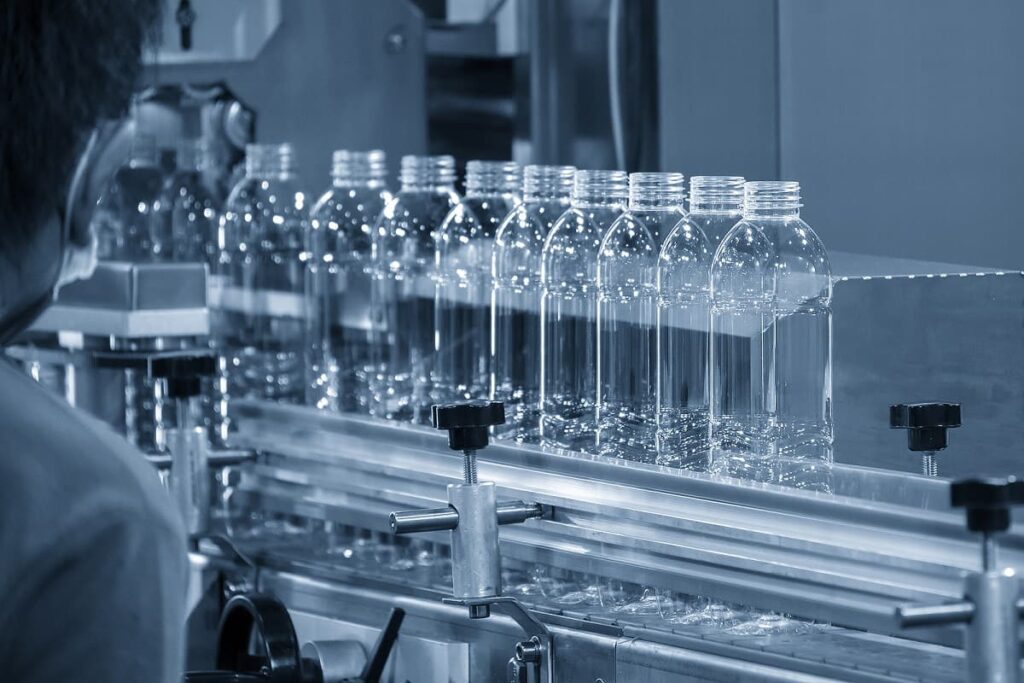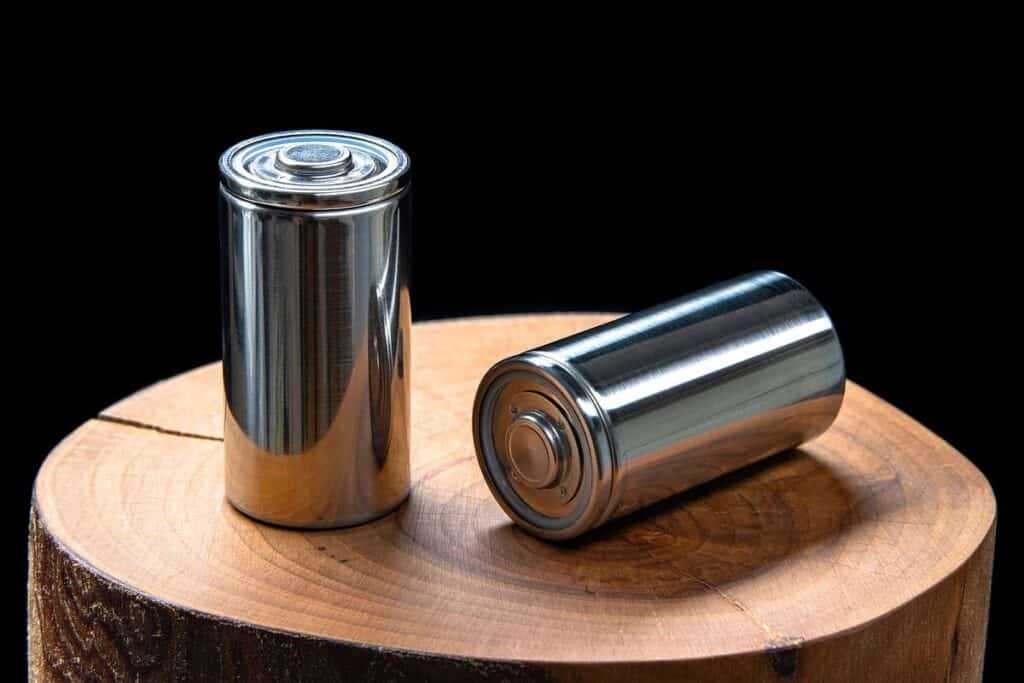9 Green Packaging Solutions for Reducing Plastic Waste
Table of contents

They say one man’s trash is another man’s treasure. There are about 7.7 billion of us consuming our faces off, so if there’s a heap of gold somewhere, we haven’t found it. What we have found are giant swirling patches of garbage in the Pacific Ocean and microplastics throughout the food web – and in the ice from the Arctic to the Antarctic – that aren’t part of any keto diet. The world generates at least 3.5 million tons of plastic and other solid waste a day, with the United States alone accounting for more than 260 million tons of municipal solid waste per year. While we could feed all that garbage to waste-to-energy plants until the end of time if the technology could become economically and environmentally feasible, a better solution would be to cut down on all the plastic and use green packaging.

We’ve told you about companies trying to invent better ways to recycle plastics, even those nonrecyclable thermoset plastics. In this article, we want to introduce you to companies ditching plastic or unsustainable materials altogether for green packaging solutions. While most are relatively small startups trying to commercialize niche products, such as growing mushrooms to use their roots for new materials, the pressure to wrap and ship stuff in more sustainable ways is being pushed by big boys like Amazon. The e-commerce behemoth has an 85-person team dedicated to improving its packaging, and is leaning on its retail network to pack their products more efficiently, CNN reported. While Amazon is focused on reducing its use of cardboard, the message is pretty clear that entire supply chains need to shake off the rust and get green.
Now let’s unpack some of the green packaging solutions out there today.
Rock, Paper, Scissors
A Japanese startup called TBM Company has raised more than $90 million, including investments from Goldman Sachs, to turn rocks into paper. More specifically, it converts limestone into everything from business cards and menus to boxes for food containers – all without using water or wood pulp. Dubbed Limex, the material can be substituted for either paper or plastic in a number of applications, according to the company, which is reportedly ramping up for an IPO by 2021. Limex consists of about 80% limestone and 20% polyolefin resin, a type of polymer or plastic, making it waterproof as well as tear-proof, but still not entirely plastic free.
The Milkman Model


This year, TerraCycle introduced the Loop store at the World Economic Forum in Davos, Switzerland. The idea is that consumers order products like shampoo or even ice cream from major brands like Colgate and Hȁagen Dazs that come in reusable containers that require a refundable deposit. TerraCycle made it onto Fortune’s annual list of companies changing the world. You had us at ice cream.
Thermal Green Packaging
TerraCycle’s Loop store is an example of a low-tech solution to the packaging problem, but it’s a business model that will likely only capture the Whole Foods shoppers of the world and doesn’t address many of the other challenges of shipping stuff around the real world that really matter – like keeping chocolate-covered strawberries cold. Thermal packaging startup TemperPack, founded in 2015 out of Virginia, has raised $40 million, including a $22.5 million Series B in January of this year, to take on Big Styrofoam. It claims its patent-pending ClimaCell packaging performs as well as expanded polystyrene (aka, Styrofoam) in keeping stuff cold for hours if not days:

The mysterious material can be recycled curbside with cardboard. The company claims the ClimaCell manufacturing process produces 97% less carbon emissions and has already helped divert 10 million pounds of plastic foam from landfills, Forbes reported. TemperPack is particularly focused on keeping it cool for the pharmaceutical industry.
Birds of a Green Packaging Feather


Pluumo is also completely compostable.
Milk: It Does the Packaging Good

The Last Straw

A Plastic-like Paper Bag

Bioplastic from Bacteria
Bioplastics are one of those eco categories like biofuel that we talk about a lot but the technology never seems to deliver on its promises. A Silicon Valley startup called Mango Materials is looking to change that perception by capturing methane from landfills or sewage plants, feeding it to hungry bacteria, and producing a fully biodegradable plastic in the process. Recently featured on NPR, Mango Materials has backing from the National Science Foundation and other sources to field test a fermentation facility at a sewage waste plant. The company pumps methane and oxygen into the fermenter, along with a secret ingredient, for the bugs to convert into biopolymers. Here’s the full production cycle:

Mango Materials is targeting the textile industry, hoping to replace plastics in those high-tech garments that use plastics to wick away sweat but also break down into microplastics.
Writing on the Wall


Something to consider for your next tattoo.
Conclusion
Scientists have predicted that there will be more plastic than fish in the oceans by 2050, which is not exactly an appetizing thought. Plastic recycling will only get us so far, mainly because humans (except maybe in Japan, which has a recycling rate near 80%) can’t be trusted to do the right thing. Removing plastics from the supply chain is the clear answer, and we expect to see more and more companies and startups innovate with green packaging solutions as consumers demand – in their lazy way – more sustainable practices.
Sign up to our newsletter to get more of our great research delivered straight to your inbox!
Nanalyze Weekly includes useful insights written by our team of underpaid MBAs, research on new disruptive technology stocks flying under the radar, and summaries of our recent research. Always 100% free.














